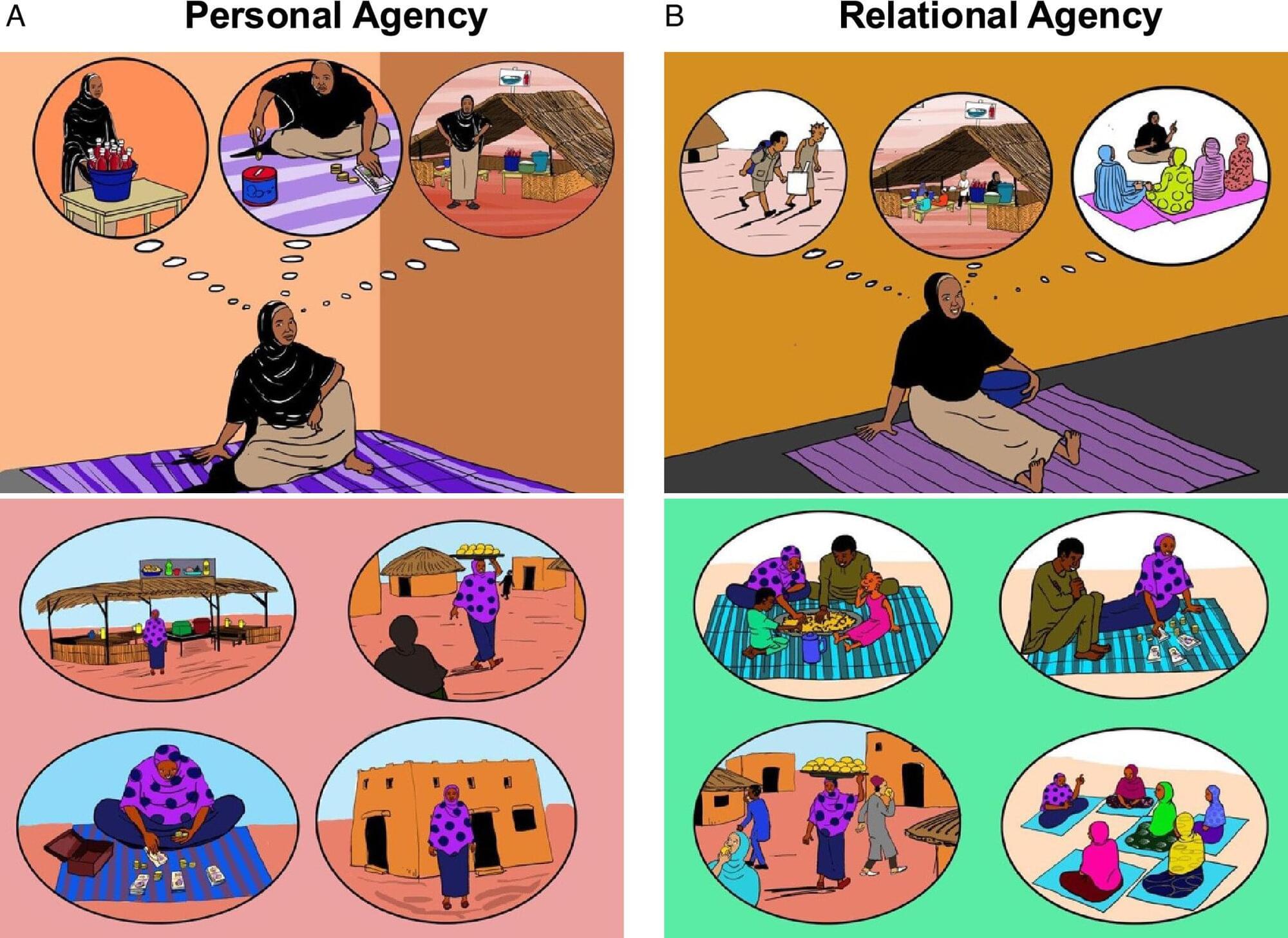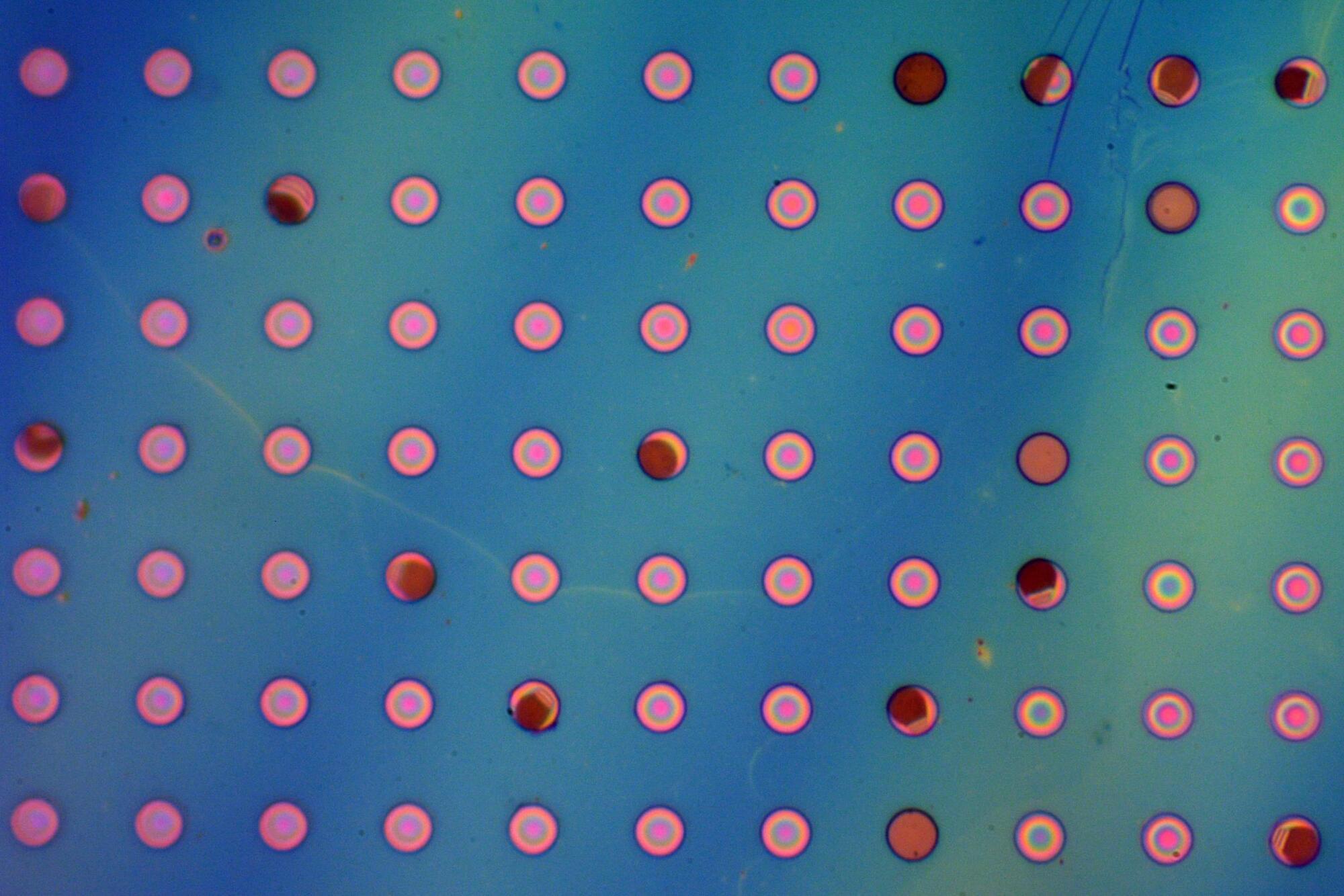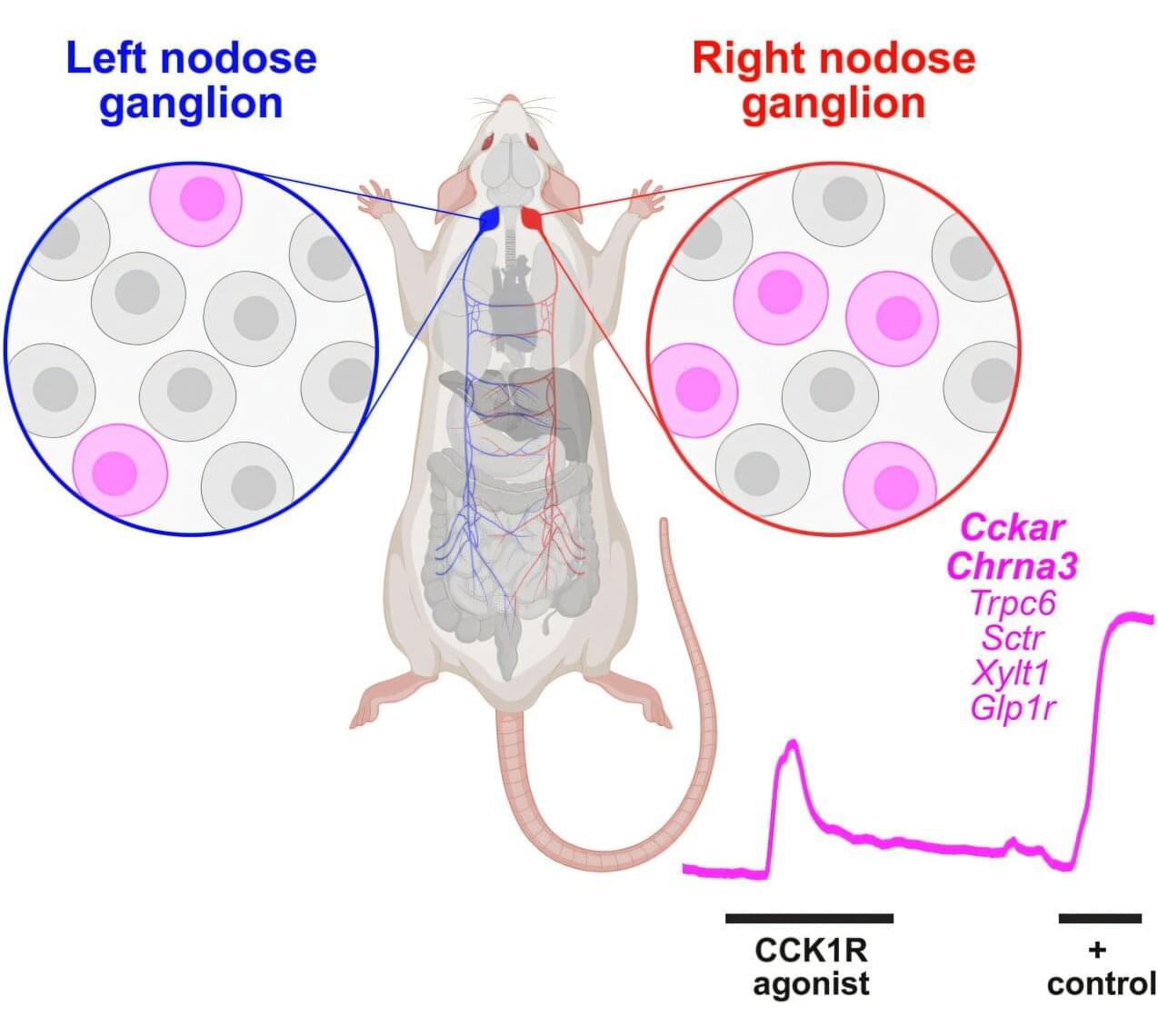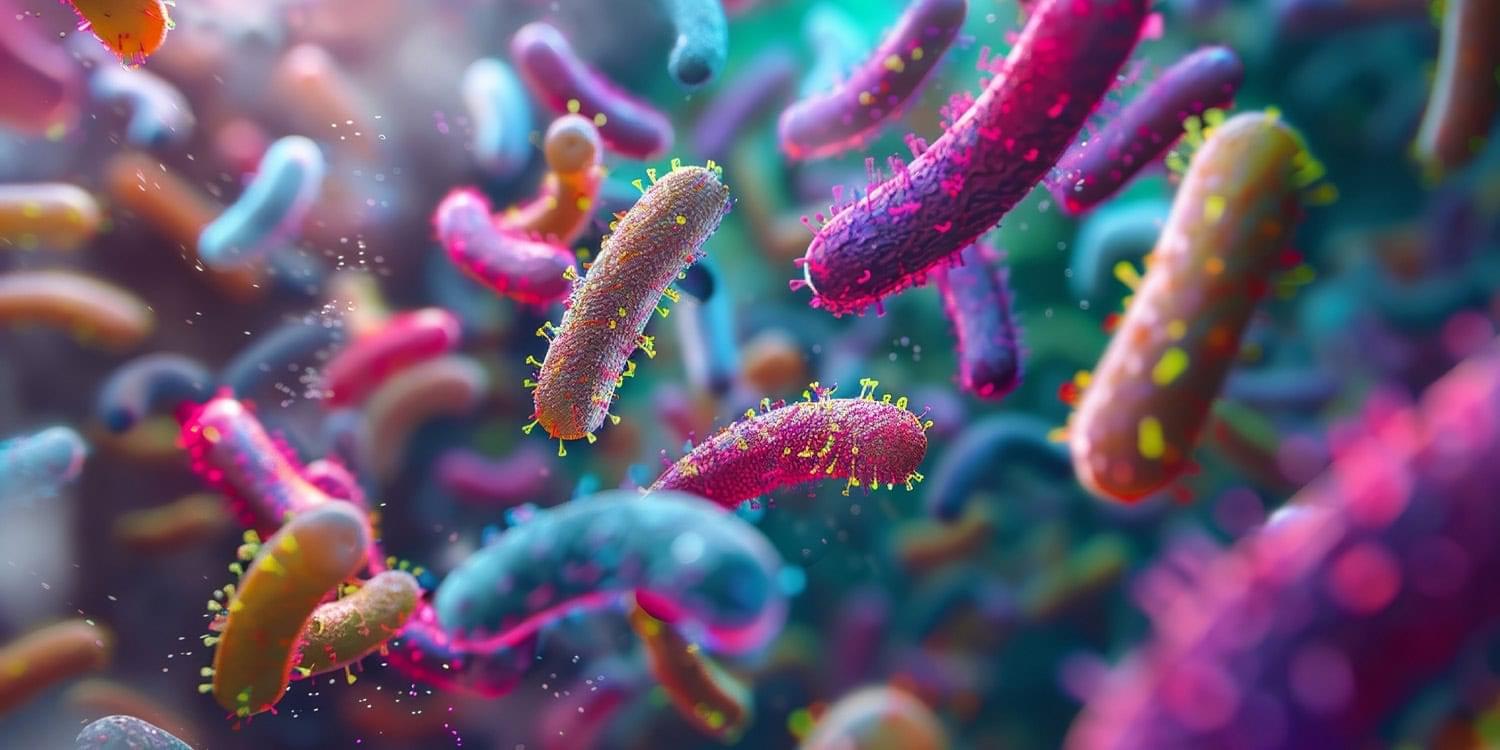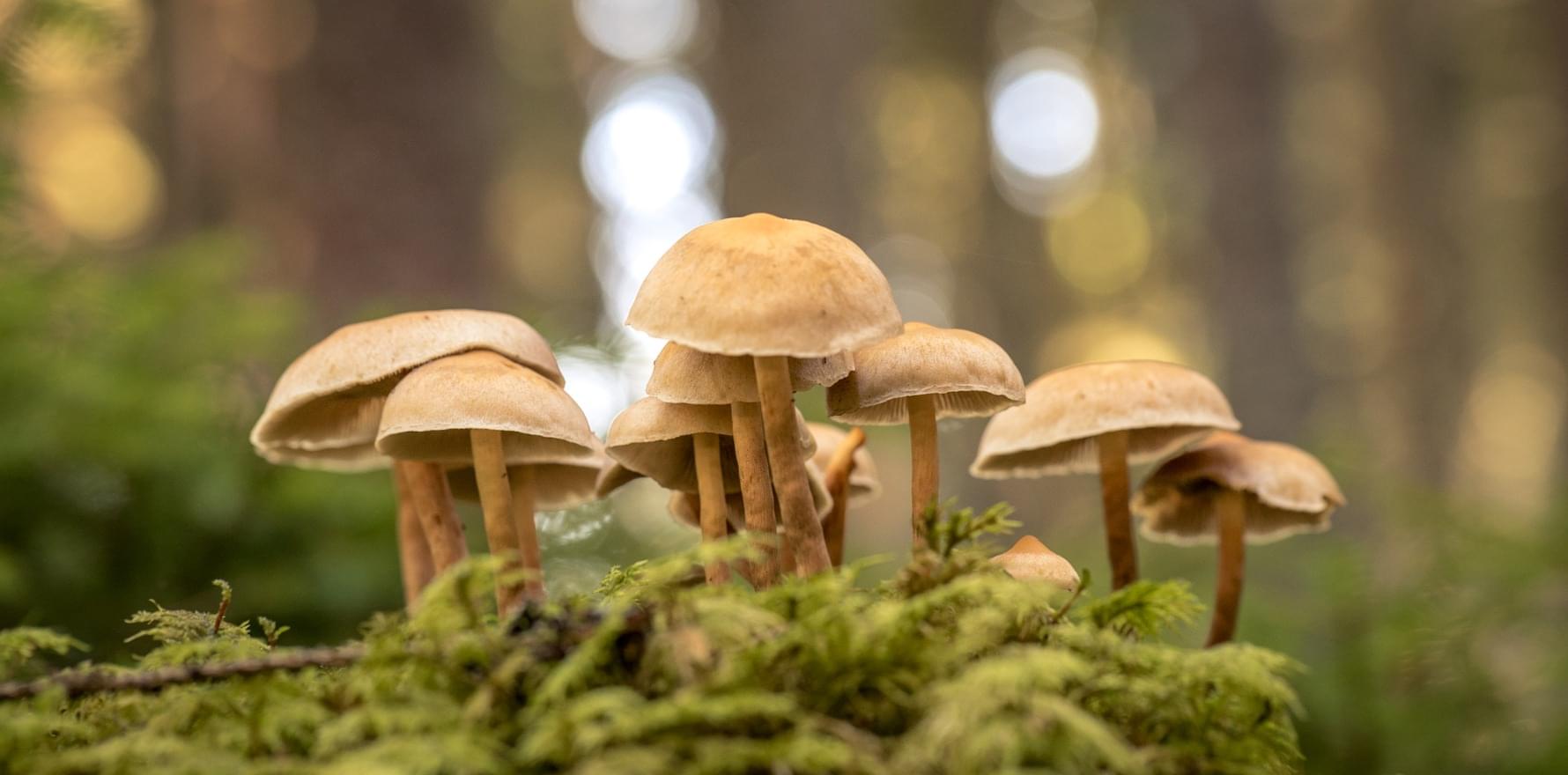Harvard Medical School researchers report that higher day-to-day “trigger surprisal” scores were associated with migraine attacks over the next 12 and 24 hours. In this cohort, higher surprisal scores aligned with greater odds of a headache attack, even after accounting for recent headache history and fluctuations in daily experience.
Migraine management often revolves around trying to identify and control conditions that might trigger them. From food and drink and environmental exposures to physiological and psychological stressors, it is a crowded landscape of potential trigger suspects. Individuals attempting to match migraine attack timing to these suspected triggers rely on memory and a self-selected list of candidates rather than controlled experimental designs.
In the study, “Information-Theoretic Trigger Surprisal and Future Headache Activity,” published in JAMA Network Open, researchers conducted a cohort study to evaluate the association between surprise and future headache attacks.

